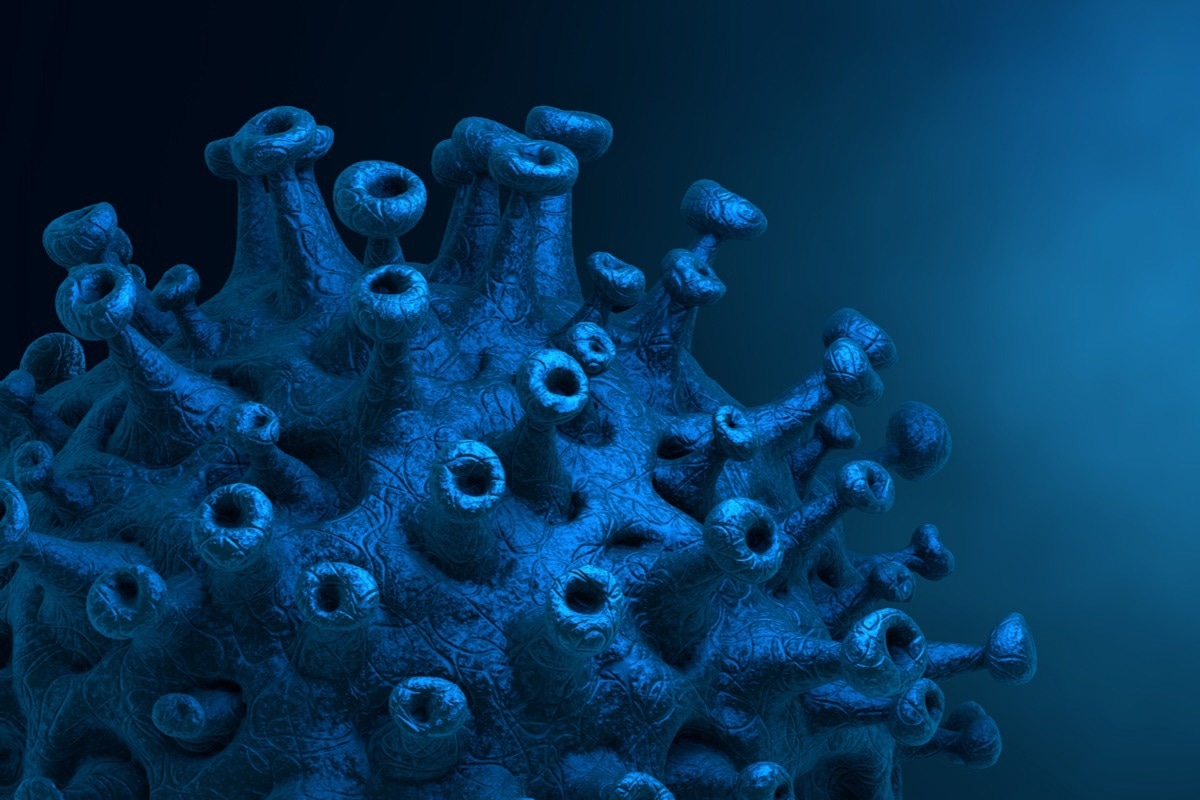In a recent study published in Virology, researchers evaluated the immunogenicity of DNA-based candidate vaccines against severe acute respiratory syndrome coronavirus 2 (SARS-CoV-2) in mice.
 Study: Immunogenicity of candidate SARS-CoV-2 DNA vaccines based on the spike protein. Image Credit: CROCOTHERY/Shutterstock
Study: Immunogenicity of candidate SARS-CoV-2 DNA vaccines based on the spike protein. Image Credit: CROCOTHERY/Shutterstock
Background
Infection with SARS-CoV-2, the causal agent of the coronavirus disease 2019 (COVID-19) pandemic, results in respiratory symptoms, usually accompanied by fatigue, fever, cough, dyspnea, acute pneumonia, and anorexia. The virus uses its spike (S) protein for host cell entry by binding to the angiotensin-converting enzyme 2 (ACE2) on the cells.
The S protein encompasses many neutralizing epitopes which could be exploited for vaccine design/development. Several COVID-19 vaccines have been authorized for human immunization, and many others are still under different developmental/clinical phases.
About the study
In the present study, researchers evaluated the potential of DNA vaccine against SARS-CoV-2 and determined the appropriate antigen and dosing regimen. The first human SARS-CoV-2 isolate in South Korea was passaged and titrated as plaque-forming units (PFU) in Vero cells. The S gene sequence was optimized using the Optimum gene algorithm to enhance its expression.
Four vaccine candidates were constructed that expressed 1) full-length S protein, truncated S protein without 2) cytoplasmic (SΔCD) or 3) transmembrane (SΔTM) domains, and 4) the S1 subunit alone. The tissue plasminogen activator (tPA) leader sequence was joined to the N-terminus to enhance in vivo expression. The optimized sequence was digested with endonucleases and cloned into pVax1, a mammalian expression vector.
C57BL/6 mice were inoculated with candidate DNA vaccines thrice at an interval of three weeks. The vaccine was administered to the tibialis anterior muscle of mice. Shortly after, two-needle array electrodes were inserted into the muscle for in vivo electroporation. Blood samples were collected after four and seven weeks of the first vaccination.
They performed a virus neutralization assay and defined the neutralizing antibody (nAb) titer as the dilution factor corresponding to a 50% reduction in plaque formation relative to controls. Briefly, 60 PFU of SARS-CoV-2 were mixed with an equal volume of a two-fold diluted sample of mice sera, which was used to infect Vero cells. Cytokine expression analysis was carried out using mouse interferon (IFN)-γ enzyme-linked immunosorbent spot (ELISpot) assay.
Findings
The authors noted that total S1- and S2-specific immunoglobulin G (IgG) antibodies were high at two weeks post-vaccination in mice receiving full-length S, SΔCD, and SΔTM vaccines. Moreover, the IgG levels increased with additional doses. The full-length S DNA vaccine elicited higher nAb titers than other candidate vaccines. Similarly, cytokine levels were higher in the full-length S DNA vaccine recipients.
This meant that removing the S protein’s cytoplasmic or transmembrane domain or the S2 subunit would result in poor humoral responses. Since the full-length S vaccine was the most effective antigen, the authors performed additional experiments to identify the appropriate dose of this vaccine. Mice were stratified into three groups to receive 5, 20, or 50 μg of the full-length S vaccine. Animals that received the 50 μg dose of the vaccine showed the highest levels of antibodies.
Further, virus neutralization assays revealed higher nAb titers in animals of the 50 μg regimen than in others. nAb titers were significantly higher after the third dose than after the second vaccination. Although all mice demonstrated significantly increased levels of cytokines regardless of dosage relative to controls, those vaccinated with higher doses (50 or 20 μg) had higher IFN-γ levels than those administered with 5 μg of the same antigen.
Conclusions
The authors designed four DNA-based vaccine candidates using the S protein from the first Korean isolate of SARS-CoV-2. The gene sequence was optimized, and a tPA leader sequence was linked to the N-terminus (of S) for translation efficiency. The study revealed that total IgG antibodies were higher in mice vaccinated with full-length S and truncated S without transmembrane or cytoplasmic domains than in those immunized with S1.
The full-length S vaccine induced significantly greater nAb titers than other candidate vaccines except for the SΔCD vaccine. They noted that any dose (5, 20, or 50 μg) of the full-length S elicited adequate IgG and nAb titers. However, 5 or 20 μg of the vaccine resulted in similar titers, and the highest tested dose of vaccine induced the maximal antibody titers.
In conclusion, the study demonstrated that the DNA vaccine against SARS-CoV-2 induced cellular and humoral immune responses. Further research is required to investigate the protection conferred by this vaccine against SARS-CoV-2 infection.